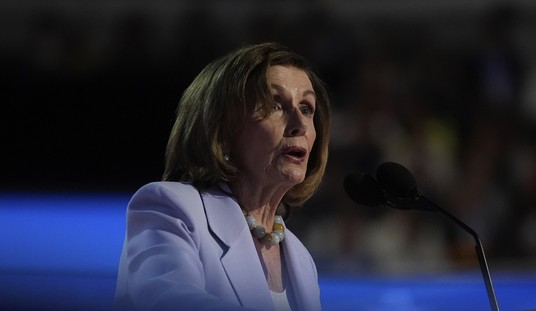I have mixed feelings about Wal-Mart. On the one hand, I am horrified at the role it plays as China’s sales organization. Buy stuff at Walmart today; the money that Wal-Mart pays to a Chinese manufacturer might well fund a military confrontation with China fifteen years down the road. I am concerned that Wal-Mart’s aggressive approach to competition has driven many U.S. companies out of business — or at least forced them to move manufacturing to low wage countries.
I am also less than thrilled with Wal-Mart’s approach to wages. Retail is notorious for paying its workers badly. Still, when I hear complaints about how badly Wal-Mart treats its workers concerning hours, wages, and health insurance, what comes to my mind? Wal-Mart is probably still treating its workers better than the vast majority of regional and local retailers — the ones that we are supposed to feel sorry for when Wal-Mart opens a new Supercenter in East Nowhere, Ohio.
Still, don’t you wish that Wal-Mart could take some of that much touted efficiency and profit, and use it to pay its workers better? I was watching a CNBC special, The NEW Age of Walmart, recently. It was reasonably fair to Wal-Mart, but I was struck by the CEO’s response to one question. The reporter asked him why Wal-Mart couldn’t takes some of its $13 billion a year in profits and raise the wages of its workers a dollar or two an hour. (You know: to get them up to miserably low wages.)
I was not terribly impressed with CEO Mike Duke’s response. Essentially, he said it would not work with their business model. As I used the information that this special presented, I realized that there was a far better answer that he could have given. The special reported that Wal-Mart had $13 billion a year profit worldwide. Wal-Mart has one million U.S. employees (an absolutely astounding number). If Wal-Mart gave each of those employees a two-dollar an hour raise, and if every employee is full-time (which I know isn’t correct), that would be more than four billion dollars — almost one-third of the corporation’s worldwide profit. Duke could have pointed this out, and suddenly Wal-Mart doesn’t sound so incredibly Scrooge-like. Wal-Mart, like most retailers, is profitable, but it is based on volume and efficiency, not high profit margins.
There are a lot of mom and pop retailers out there, across America, and some that are a bit bigger than that. Local or regional chains give little towns and big cities some of their local charm. I feel bad when I see these operations fail to adapt to the arrival of the Wal-Mart gorilla. And this is true not just in the Wal-Mart market sector, but in many others as well. Traditional hardware stores that survive the arrival of Home Depot or Lowe’s do so because they are providing either levels of service or inventory that the big-box home improvement stores don’t. If I need black oxide button head 8-32 1.25” long machine screws on a Saturday, I go to the Ace Hardware store in Eagle, Idaho, because they have it. Home Depot doesn’t.
Still, for all the tears over the loss of some traditions of American retailing, it’s important to remember that Wal-Mart’s efficiency and ruthless paring of costs to the bone benefits consumers — even consumers who aren’t shopping at Wal-Mart. Wal-Mart’s prescription program provides an astonishing number of the most commonly prescribed drugs for $4. That’s less than the health insurance copayment for many of these drugs at traditional pharmacies. If you are one of the tens of millions of Americans who don’t have health insurance, or whose plan doesn’t have prescription coverage, that’s a really big deal.
I normally fill prescriptions for my family at Albertson’s (one of the regional grocery store chains here in the Western U.S.). On a number of occasions now, I have gone to pick up a prescription and had the pleasant surprise of paying only $4 for it. Why? Albertson’s has adopted a policy of matching Wal-Mart’s price on many prescriptions. The motivation is not concern for consumers. As Adam Smith’s Wealth of Nations (1776) pointed out, “It is not from the benevolence of the butcher, the brewer, or the baker, that we expect our dinner, but from their regard to their own self-interest.” Albertson’s wants to keep customers from switching to Wal-Mart’s pharmacy.
Let us not close our eyes to some very real problems that Wal-Mart brings to the retail marketplace. But we should also recognize that the company’s ferocious pursuit of efficiency is also bringing some very real good to consumers as well.









Join the conversation as a VIP Member